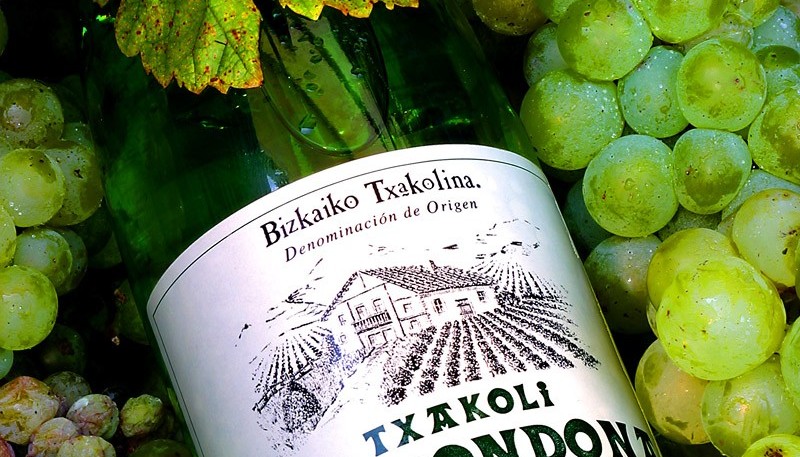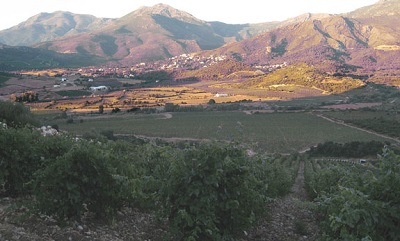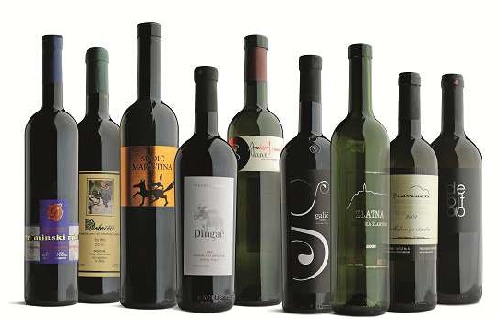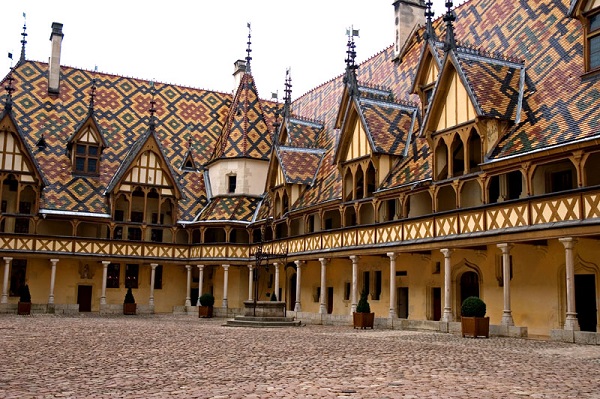“Txakolí is an acquired taste,” Basque wine buffs will say with a smile. The strange name conceals a slightly sparkling, sweet and lively white wine with fresh acidity and rather restrained fruit. The name Txakolí (Spanish Chacolí) is derived from the Arabic, chacalet, which means something weak, light, or thin. The fresh, light wines are an integral part of any Basque folk festival, as well as barbecues and summery lunches.
Txakolí is produced in three officially designated quality regions: D.O. Getariako Txakolina (Spanish Txakoli de Guetaria) with some 432 acres (175 hectares) of grapes in the province of Guipúzcoa; D.O. Bizkaiko Txaolina (Spanish Txakoli de Vizcaya) with some 395 acres (160 hectares) in the province of Vizcaya; D.O. Arrabaco Texakolina (Spanish Chacoli de Álava) with around 148 acres (60 hectares) in the north of Álva province.
The white grape variety Hondarribi zuri (from 85 to 90 percent of wine under cultivation) is permitted, as well as the black Hondarribi beltza, from which the rare red Txakolí wines are vinified. The wines have a relatively low natural sugar content, due to the Basque country climate, which is not exactly overendowed with sunlight. As a result, the wine has a lot of acidity and dry freshness.
A classic Txakolí is light, medium dry, and uncomplicated. It has 10 – 11 degrees of alcohol and is drunk young and chilled, preferably at about 48ºF/8ºC. It partners beautifully with seafood and proves to be an unassuming accompaniment to heartier dishes with a marked salty flavour. It is apopular as an apéritif, due to its appetite-stimulating acidity. Two Basque bodegas also turn the residual grape pressings from Txakolí into fine brandies called orujo de Txakolí.










